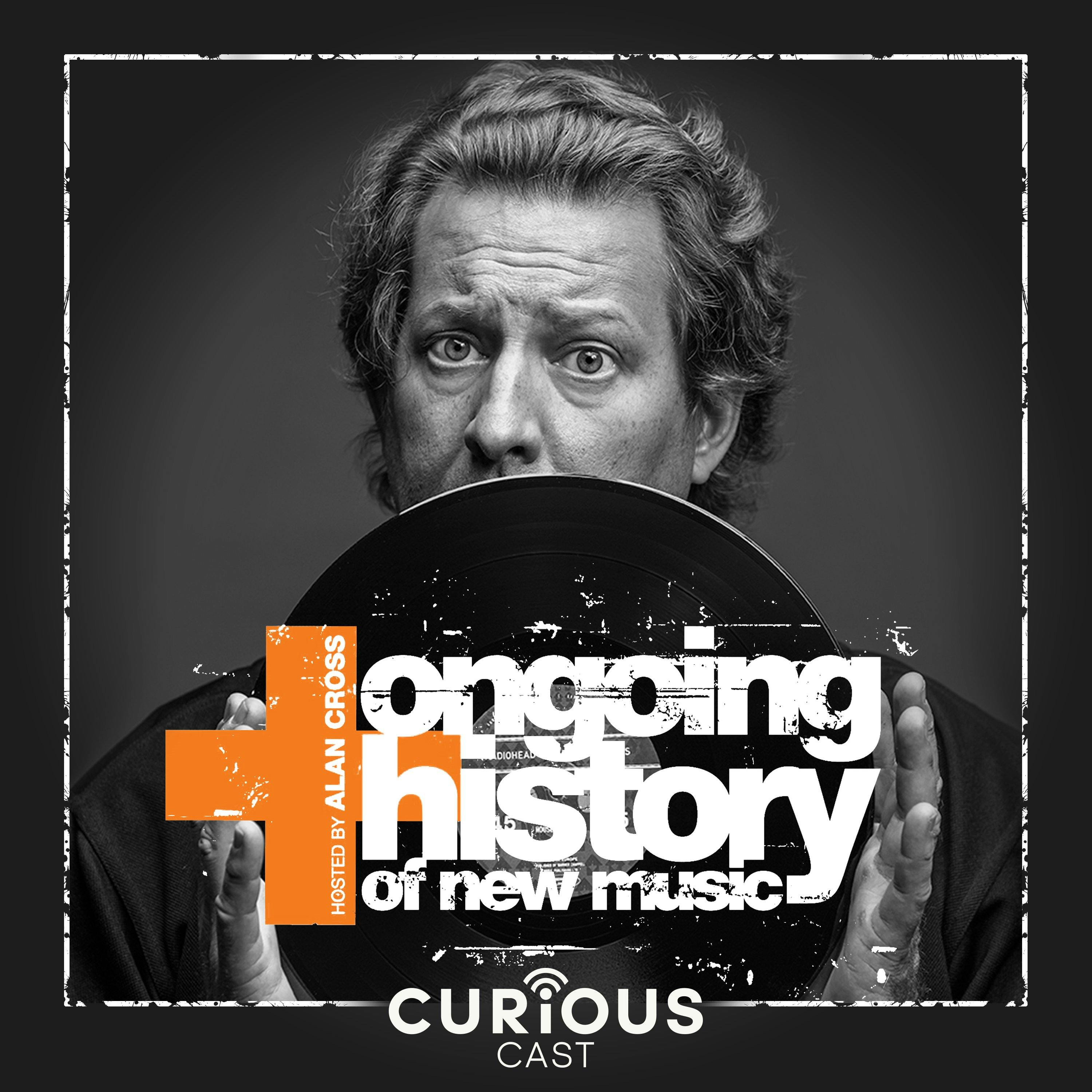The Post-Punk Explosion Part 6: Ska

Every once in a while, music enters a state of flux where the direction of everything is, shall we say, undefined\u2026we see and hear change but we\u2019re not quite sure what it all means just yet\u2026something is coming\u2014but what?...\n\nAll bets are off, the rulebook has been declared invalid, and everyone is off doing their own thing\u2026\n\nI\u2019ll give you an example\u2026in mid-to-late 1950s Britain, popular music was evolving and mutating very quickly\u2026in the midst of imported American rock\u2019n\u2019roll records, the skiffle craze, and various flavours of folk music, some young people rejected contemporary sounds in favour of something known as \u201ctrad jazz\u201d\u2026\n\nThis was a revival of something close to Dixieland jazz from New Orleans, which emerged around the same time as world war 1\u2026that meant music made with trumpets, the trombone, clarinet, the banjo, upright bass, and drums\u2026the new acts mined the more pure, more authentic sounds of the past, hoping to be inspired again\u2026\n\nAnd for a while, it worked\u2026trad jazz was a thing until sometime in the 60s\u2026everyone from pop songs to nursery rhymes were fair game for trad jazz arrangements\u2026\n\nI\u2019ll give you another example\u2014and it\u2019s tangentially related to British trad jazz\u2026it also has its roots in Dixieland but took a detour through the Caribbean before appearing in central Britain at the end of the 1970s\u2026\n\nThat was also a time when the direction of music seemed undefined\u2026on the bright side, it also meant that nothing was off-limits or out of bounds\u2026it was the post-punk era\u2026popular music had been shaken up by punk so much that people were more willing than ever to find new paths\u2026\n\nThis is part 6 of the post-punk explosion\u2026it\u2019s the time of Ska\u2026\nLearn more about your ad choices. Visit megaphone.fm/adchoices